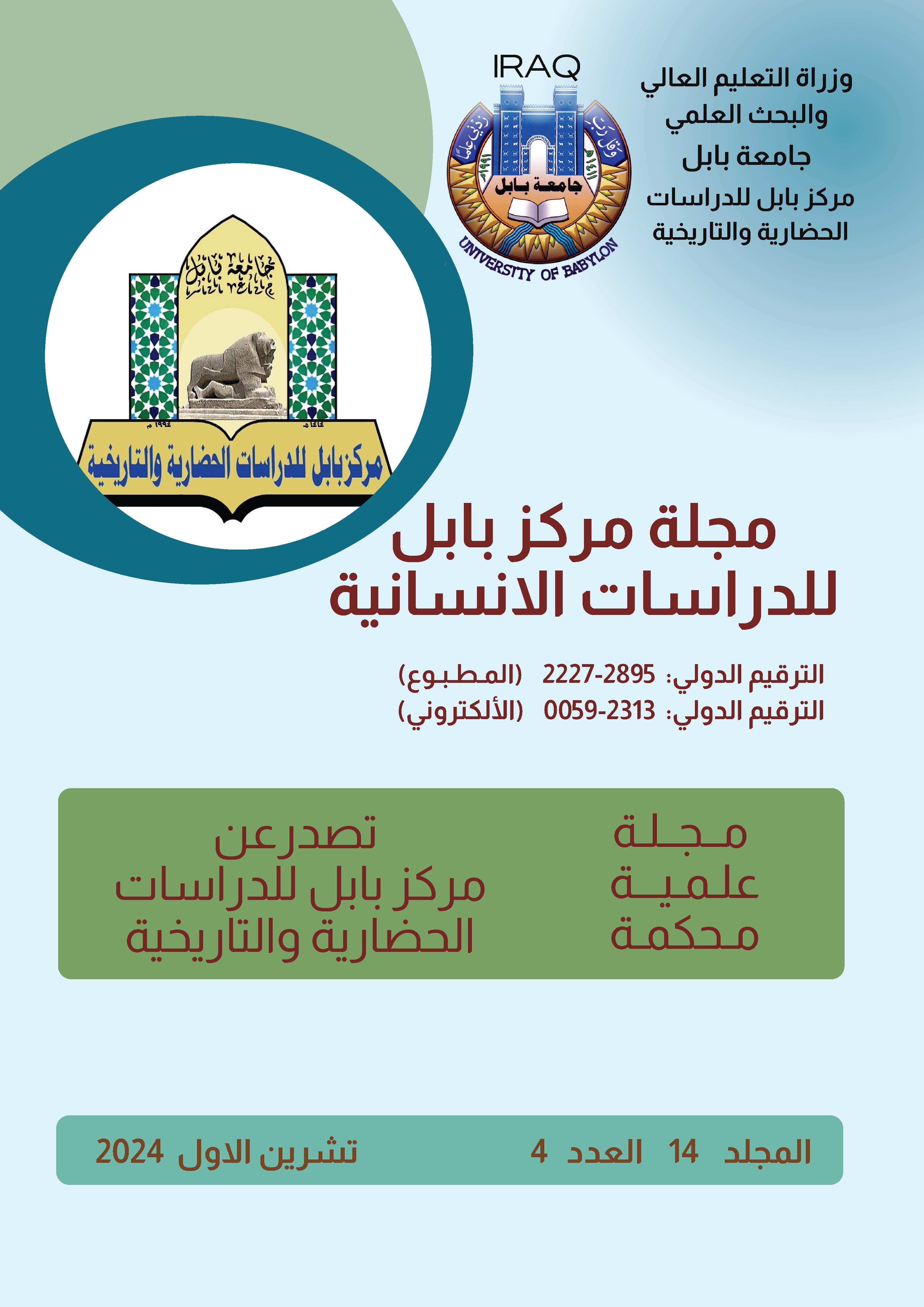Cartographic representation of the levels of visual Pollution Manifestations in the Left Side of the city of mosul "
Keywords:
Environment, Pollution, Visual Pollution, Urban Landscape, Cartographic RepresentationAbstract
This research addresses the study of visual pollution in the left side of Mosul city, for which humans are the direct cause. This is due to the industrial, technological, cultural, and civilizational development, especially in the modern era, which has directly affected the lives of residents. The resulting visual pollution in the city center is due to urban expansion, diversity in building materials, and a lack of awareness among most residents about the dangers of this type of pollution. Additionally, the increase in the city’s population has contributed to visual pollution. To achieve the objectives of this study scientifically, it relied on fieldwork by creating a questionnaire, distributing it to a sample of 400 participants, and documenting observations and photos. The study showed a clear variation in the levels and manifestations of pollution in the neighborhoods of the left side of Mosul city. Higher pollution levels were found in less affluent neighborhoods compared to more upscale areas.
Based on the results of the study sample, the research identified three levels of pollution. The first level (high visual pollution) was found in the Salam sector with a pollution rate of 37%, specifically in the neighborhoods of Hayy Al-Wahda, Hayy Sumer, and Hayy Al-Shimaya. The second level (moderate visual pollution) was in the Narkal and Zohour sectors, and part of the Tahrir sector, with a pollution rate of approximately 32%, represented by the neighborhoods of Hayy Al-Tahrir, Hayy Al-Ikhaa, and Hayy Al-Moharibeen. The third and final level (low visual pollution) was in the Hadbaa sector with a pollution rate of about 31%, which included the neighborhoods of Hayy Al-Sadeeq, Hayy Al-Arabi, and Hayy Al-Andalus.







